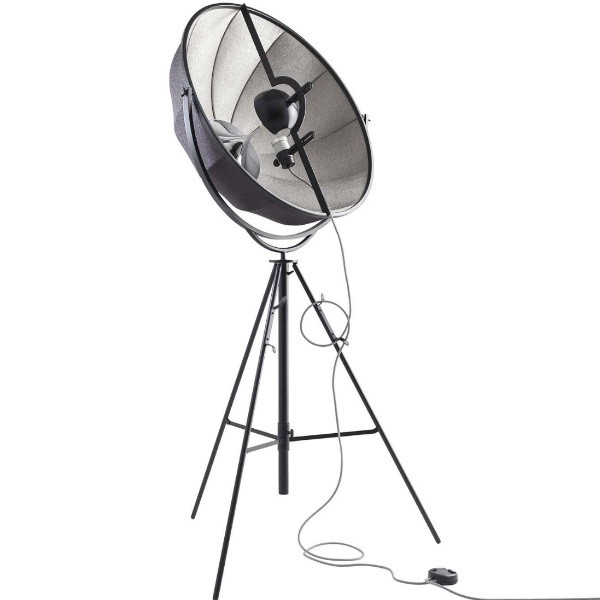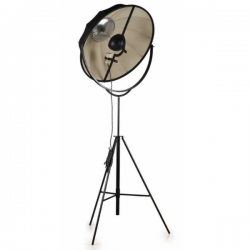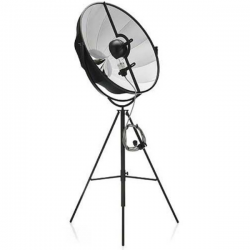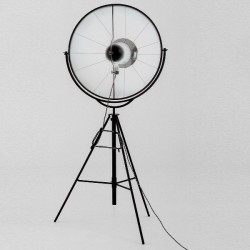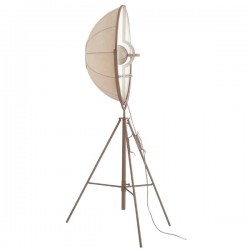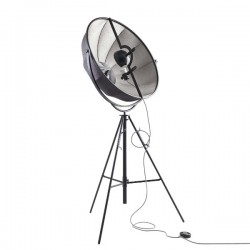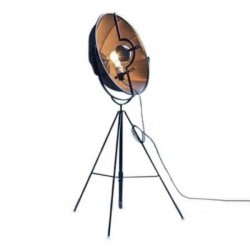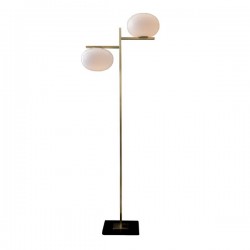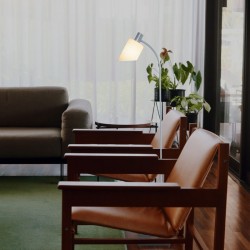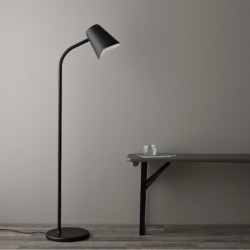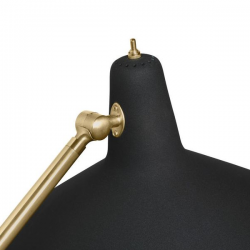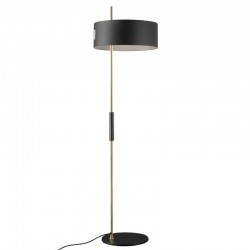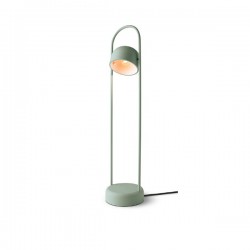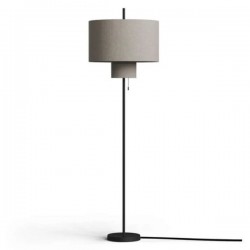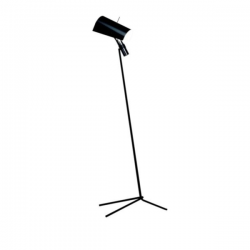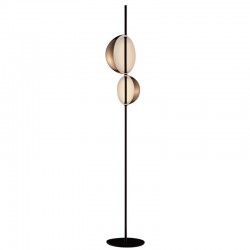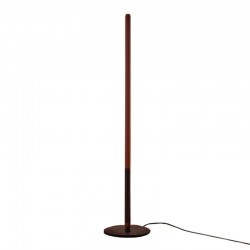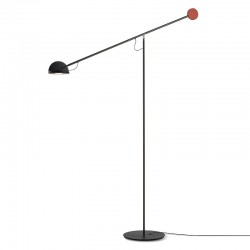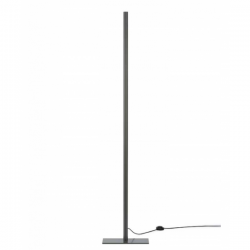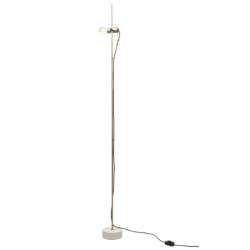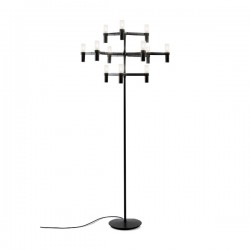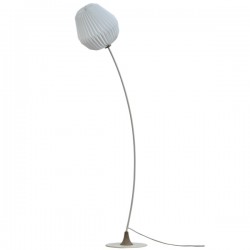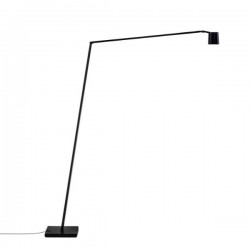Pallucco Fortuny Rubelli Floor Lamp
The latest restyling of the Fortuny lamp is the result of an important creative partnership with Rubelli where fabric now shares the spotlight with light.
The lampshade is the work of fabric designer Dominique Kieffer and clearly shows how up-to-date Fortuny’s work is – an amazing feat – and how it can successfully be reinvented with such understated yet stunning elegance.
The internal lining of the diffuser is in linen, the natural material which is such a favourite with the French designer, and is interwoven with precious gold threads.
The pleated taffetà used on the outside creates the impression of small waves of light and shadow.
This effect is a nod at the silk pleating technique which was invented by Mariano Fortuny in 1909, one hundred years ago. Floor light. Structure in a C-shaped section, flat steel and tubular steel. Black epoxy powder lacquered finish. Fitted with a 500 W incandescent bulb with E40 socket , 230/110 V
- Specifications
Steel, cotton
1 power LED 47,5W 3000K 7530lm Dimmer
- Size Description
Width: 82cm
Height: 240cm
Diameter: 94cm
Diameter Diffuser: 94cm
Diameter Base: 94cm
-
Mariano Fortuny
In 1871, Mariano Fortuny y Madrazo was born in Granada, Spain. His early childhood was divided between Rome, where his father had a studio and Capricio near Naples. After his father's death in 1874, his family left for Paris to join their uncle. His father and grandfather were both celebrated artists. Mariano inherited artistic skills and also worked in printing, drawing and chemistry. His mother was a Spanish beauty whose wealth had endowed the famous Prado Museum in Madrid, Spain. Mariano studied painting until the age of 18, and was then introduced to Parisian society. After a while, his mother moved the family to Venice. He bought a palazzo and turned it into an enormous studio. Mariano produced both easel paintings and frescoes, was a print-maker and sculptor. In 1897, he was awarded the gold medal at the Munich International Festival of Art for his painting The Flower Girls. He exhibited his paintings every year at the Venice Biennale until his death.


 EUR
EUR

